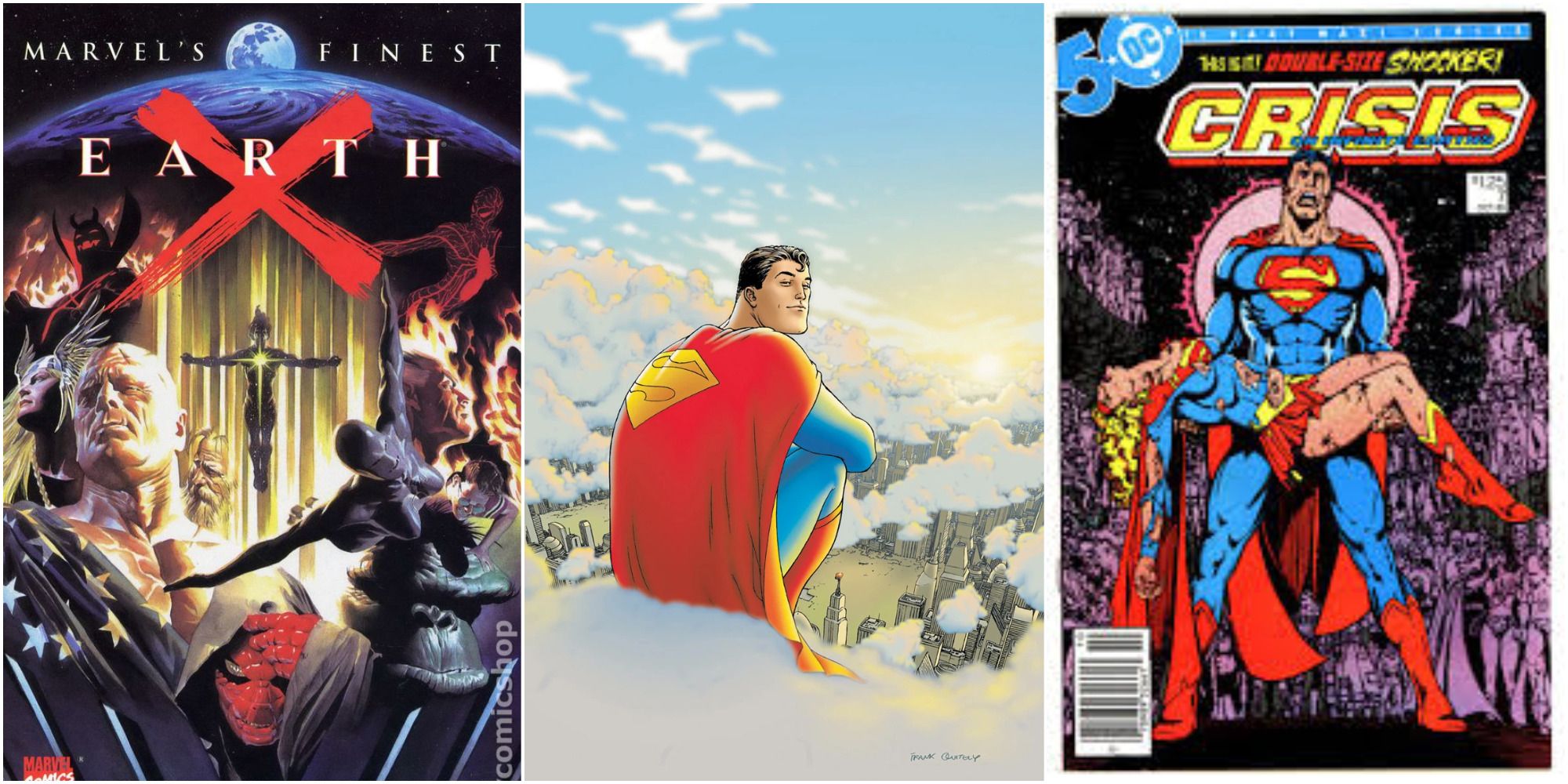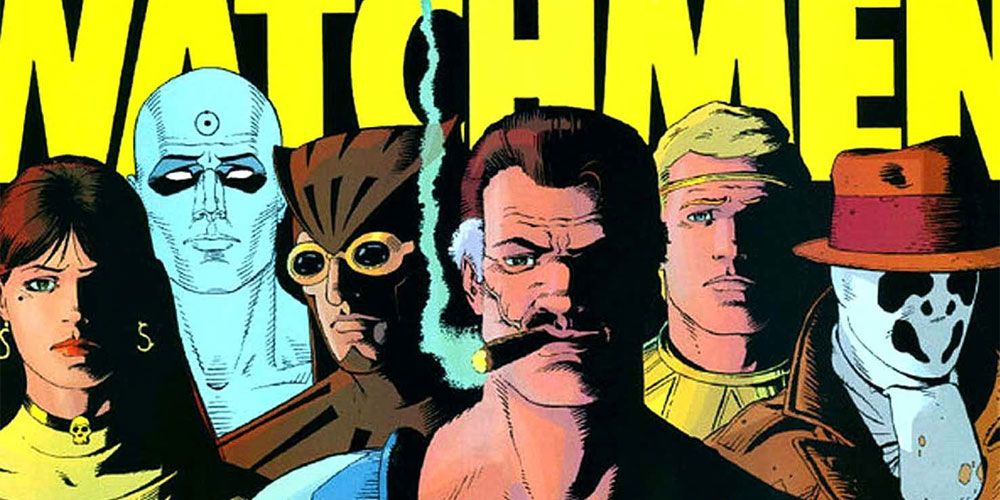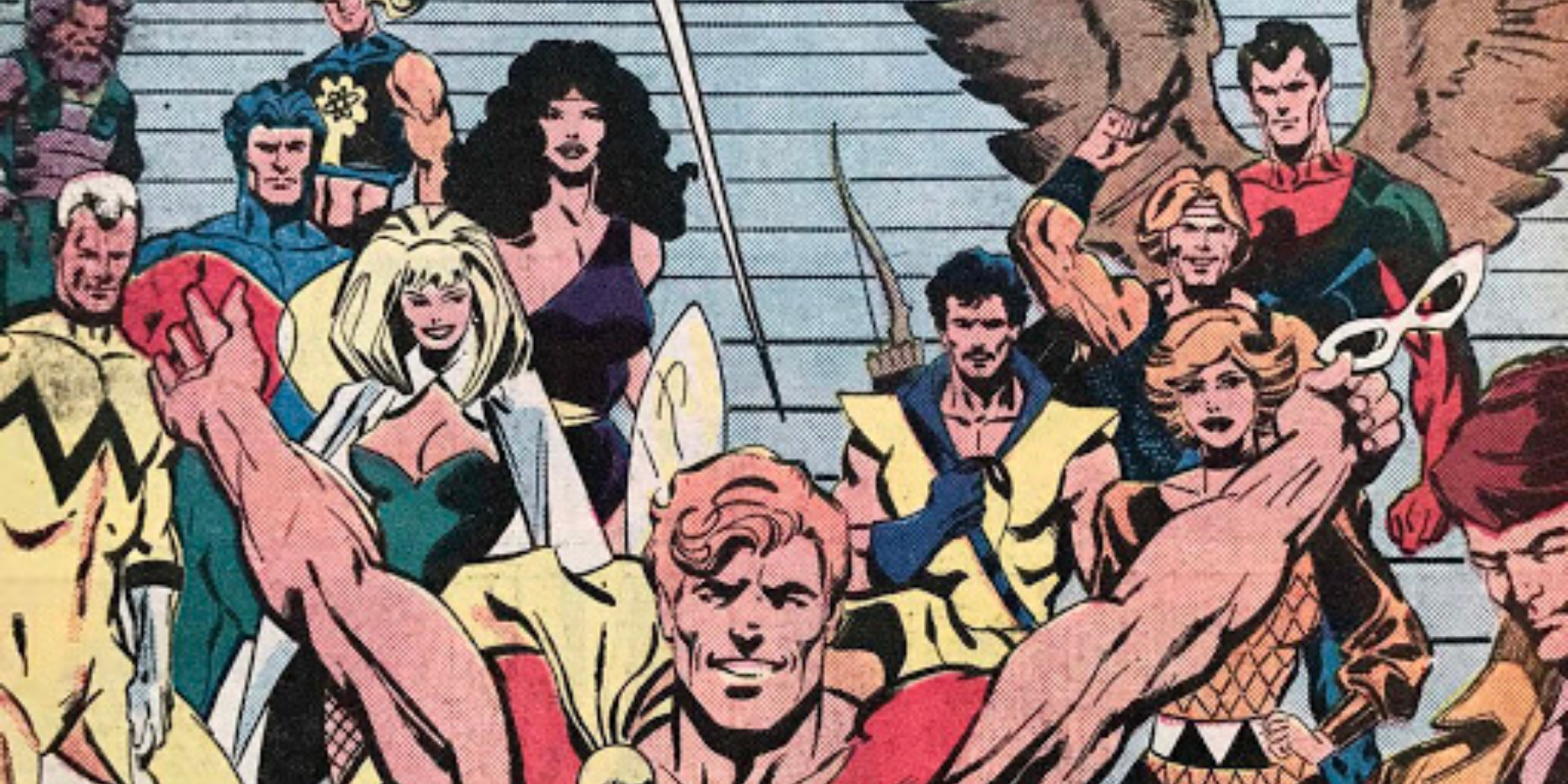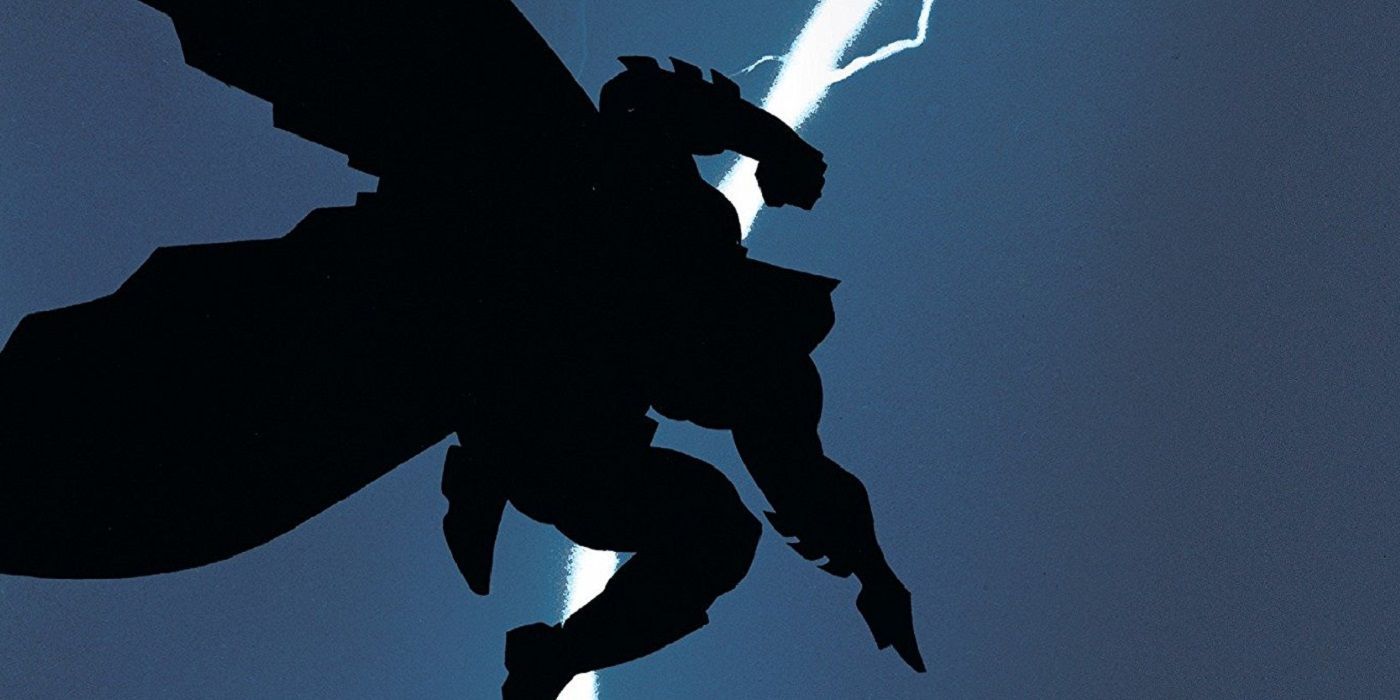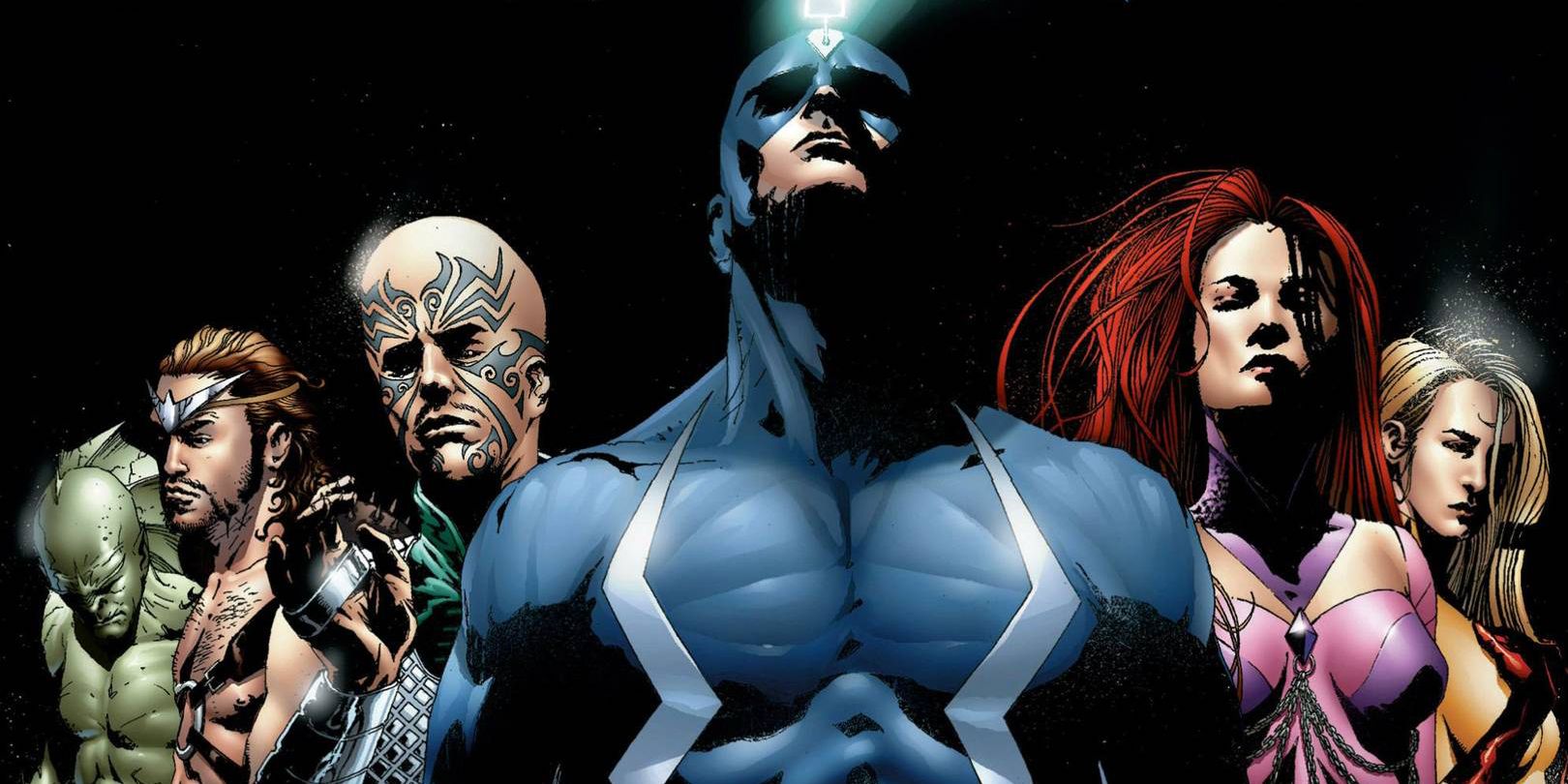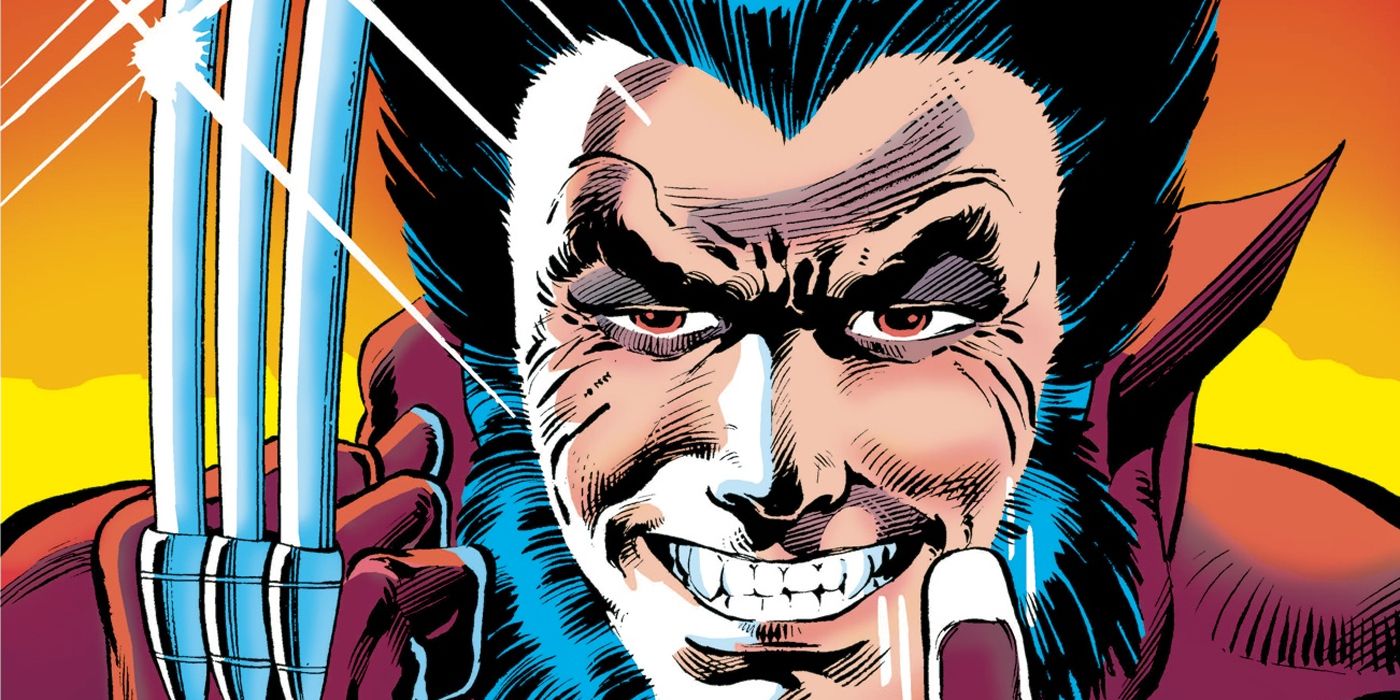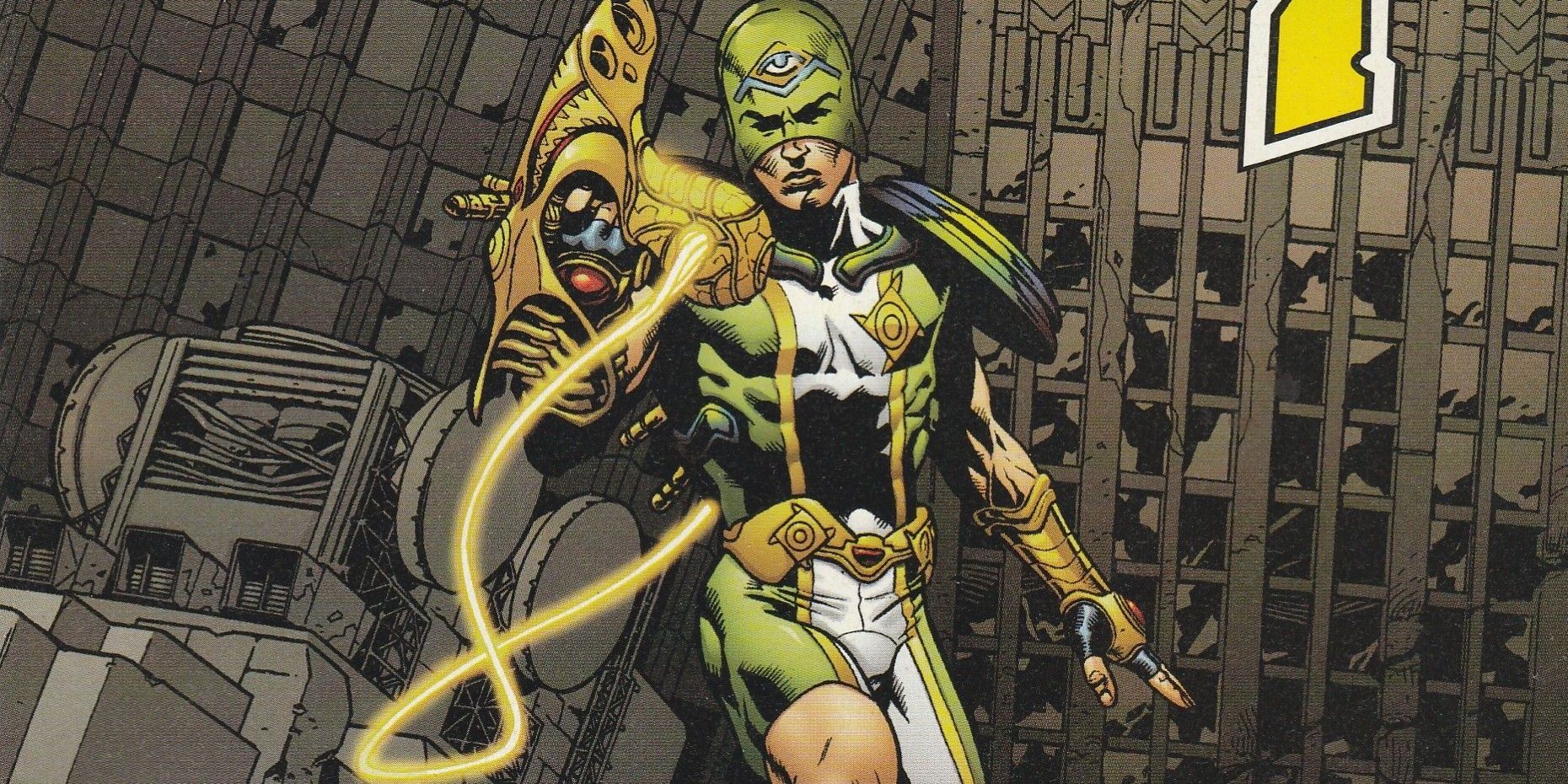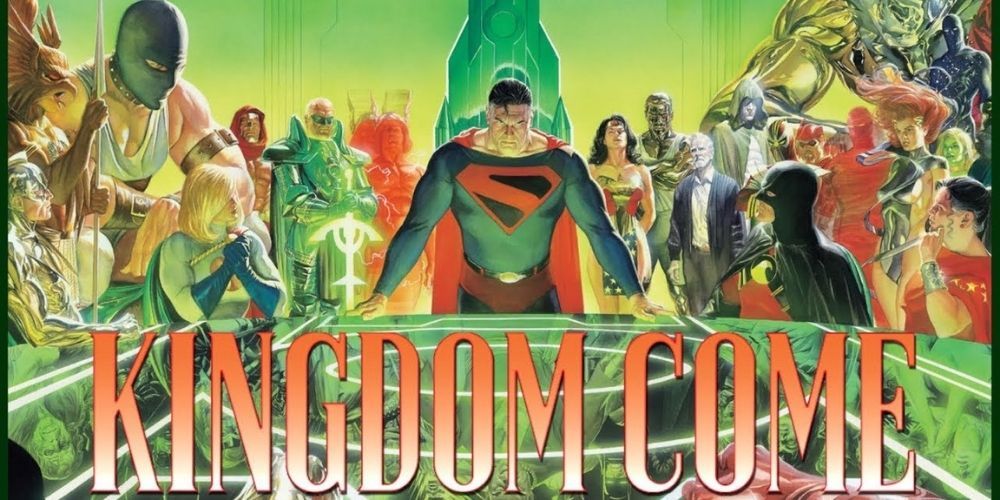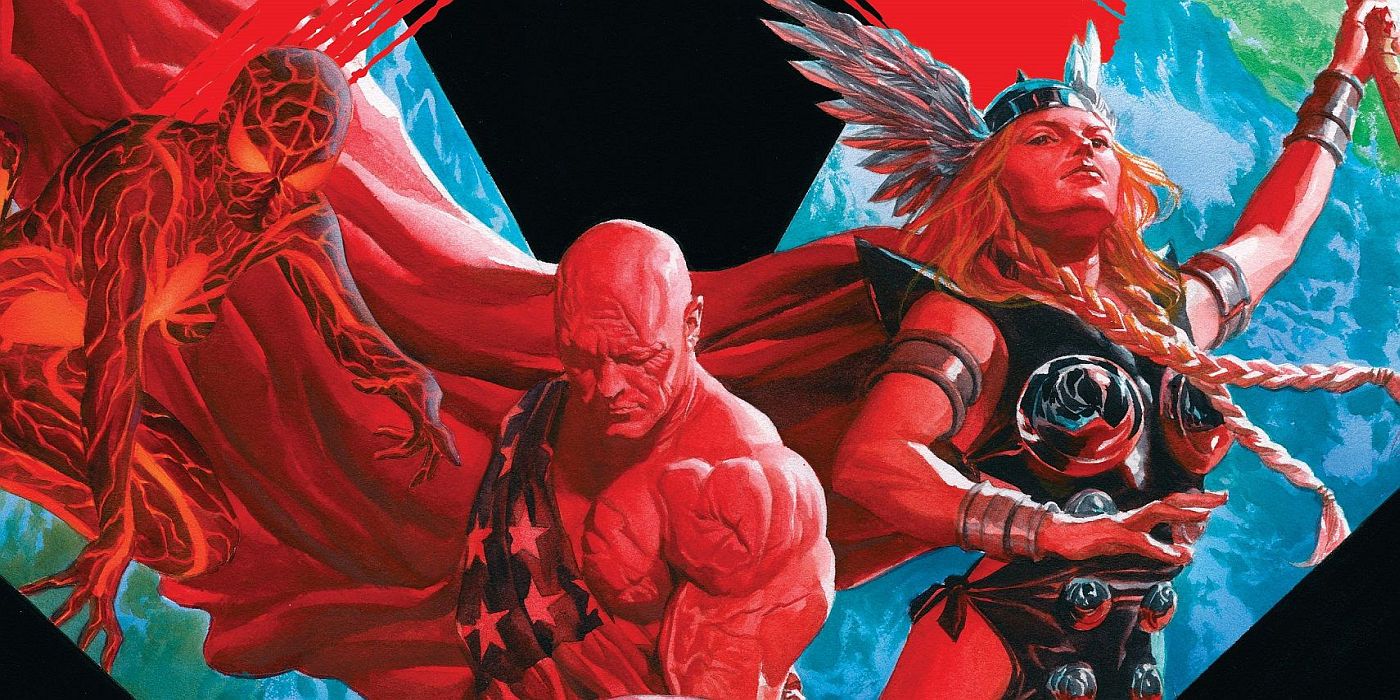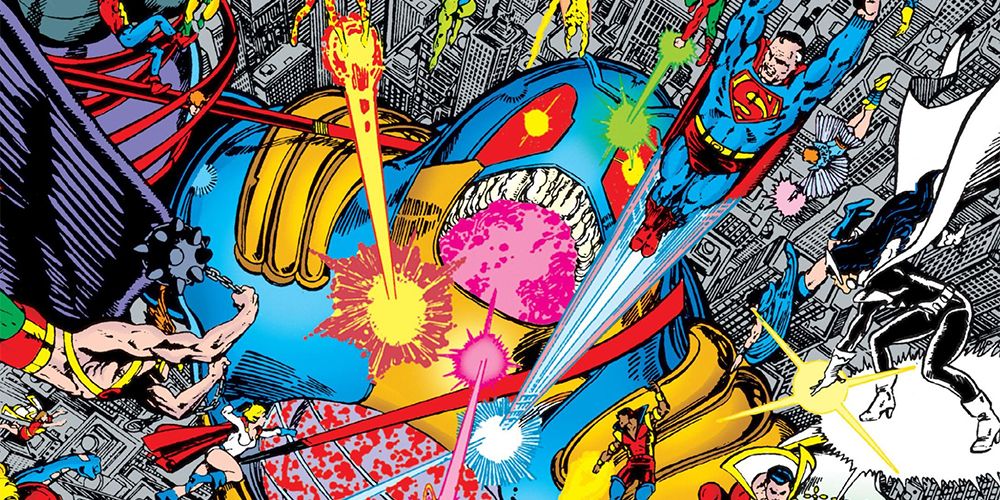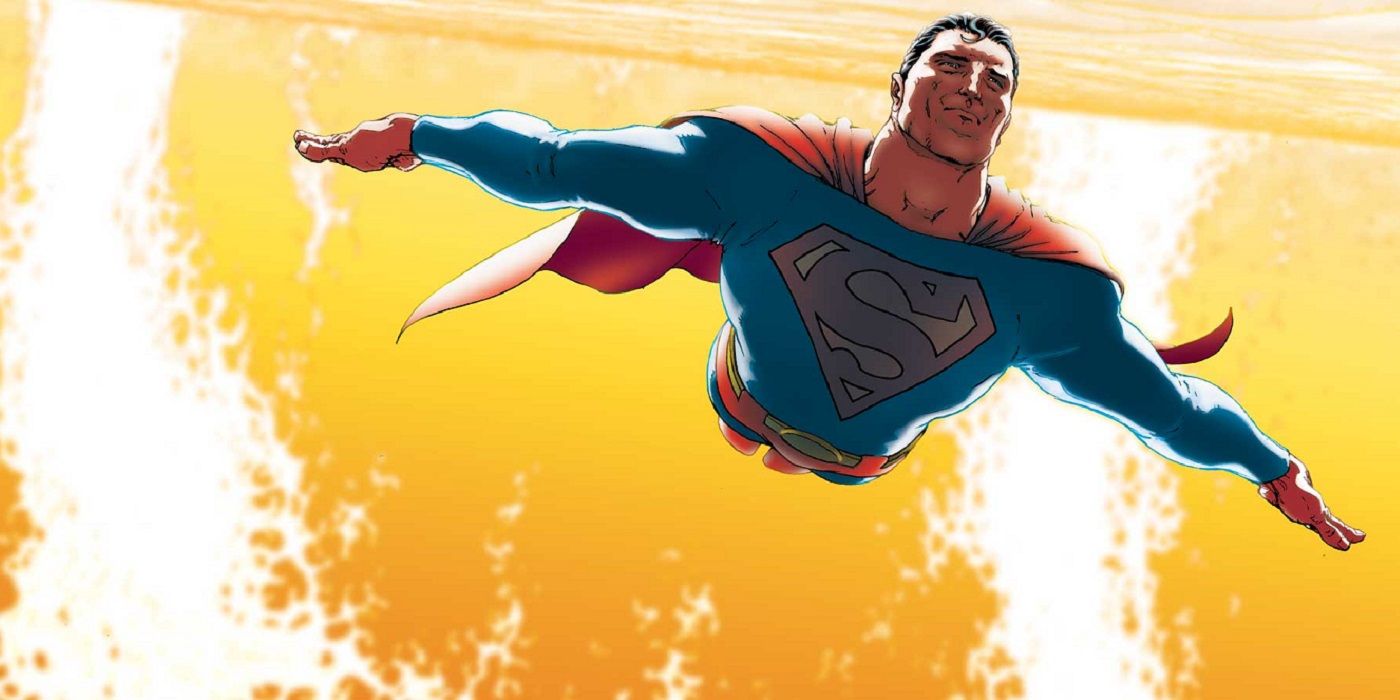Usually, comics are all about ongoing series. Books like Action Comics and Detective Comics have been continuously published since the '30s and while publishers will often reboot a series to get that sweet issue number one sales boost, they'll eventually end up going back to legacy numbering because longevity is important.
However, that doesn't mean that shorter series don't deserve any love, either. In fact, the rise of the mini-series in the '80s brought comics to the next level, with some of the best comics of all time being on the shorter side, allowing the creative teams to tell a single contained story with a beginning, middle, and end.
10 Watchmen Is Still One Of The Greatest Comics Of All Time
Watchmen, by writer Alan Moore and artist Dave Gibbons, is a timeless classic and showed just what could be done with the comic medium. Its twelve-issue length may seem short in comparison to some of the longer-running ongoings, especially when one looks at just how much story is in it, but it proved to be perfect.
Moore and Gibbons were able to fill every page with a stupefying amount of story and detail, making every panel count and telling a story that fans are still in love with to this day. Watchmen dragged comics into the mainstream and nothing was ever the same.
9 Squadron Supreme Doesn't Get Nearly Enough Credit For How Good It Is
Squadron Supreme, by writer Mark Gruenwald and artists John Buscema, Paul Ryan, and Bob Hall, has gotten lost in the shuffle of '80s comics but definitely belongs among the greatest of all time. This twelve-issue mini-series takes place on another Earth, home to the Squadron Supreme, Marvel's Justice League pastiche. They decide that they're the best to run the world and take over, but not everyone is happy about it.
This story injected realism and pathos into comics, taking something that could have been a run-of-the-mill superhero story and made it into something special. It was maturing up the superhero genre before Watchmen even began.
8 The Dark Knight Returns Brought People A New Vision Of Batman
The Dark Knight Returns, by writer/artist Frank Miller, brought Batman into modern times and is one of the industry's most important comics. For years, Batman was viewed as the colorful, campy character from the '60s, and TDKR changed all of that, presenting a darker Batman, one that would come into vogue in the coming years because of this comic.
Miller's reimagining of Batman changed the course of the industry as more and more creators realized just what could be done with the medium and the kind of stories that could be told with the old guard of superheroes.
7 Inhumans #1-12 (1998) Showed Just How Great The Inhumans Could Be
It might be hard to imagine nowadays, but the Inhumans can be good if done correctly. One of the best examples of this was 1998's Inhumans #1-12, by writer Paul Jenkins and artist Jae Lee. Jenkins used the character dynamics of the cast to push the story forward and Lee's jagged yet expressive art made it all look amazing.
The Inhumans are great characters and Jenkins was able to capture that amazingly, showing readers why they were worth reading about. It's a lesson Marvel would forget years later, but for twelve issues, they were wonderful.
6 Wolverine #1-4 (1982) Is One Of The Quintessential Wolverine Stories
Wolverine is the best there is at what he does and what he does is sell books. In the '80s, his star was still on the rise and while he was the breakaway character of Uncanny X-Men, he still wasn't a solo star. All of that changed with writer Chris Claremont and artist Frank Miller's Wolverine #1-4, a mini-series starring the diminutive mutant.
Taking Wolverine to Japan to deal with his fiancee's criminal family, it was Wolverine boiled down to his essence. It showed everyone just how great Wolverine could be on his own and it still stands up to this day.
5 Marvel Boy #1-5 Saw Grant Morrison's Gonzo Imagination Unleashed On The Marvel Universe
After leaving DC in the year 2000, Grant Morrison went to Marvel and their first book was Marvel Boy #1-5, with art by J.G. Jones, an amazing mini-series that introduced Noh-Varr to the Marvel Universe. An alternate universe Kree soldier, Noh-Varr's universe traveling ship was shot down, his crew killed, and he vowed revenge, striking out at Earth's authorities and the man responsible, the mysterious Dr. Midus along with his daughter Oubliette.
Morrison brought his massive imagination to Marvel and this series showed just how much fun they could be playing in the Marvel Universe sandbox. It's an unsung classic that more people need to experience.
4 Kingdom Come Is A Perfect Distillation Of Everything Great About The DC Universe
Kingdom Come, by writer Mark Waid and artist Alex Ross, is one of the best DC stories of the '90s and a love letter to what makes the publisher's characters so great. Taking place in a future where the classic heroes have been replaced by a newer, more violent breed, Superman and company return to set things right but dark forces wait in the wings.
Waid and Ross poured all of their love of the DC Universe into Kingdom Come and it shows on every page. The two took everything wonderful about DC and boiled it down to its essence, creating a timeless story.
3 Earth X Gives The Marvel Universe The Kingdom Come Treatment
After the success of Kingdom Come, Alex Ross gave the same treatment to Marvel. Joined by writer Jim Krueger and artist John Paul Leon, Earth X was a dark look at the future of the Marvel Universe, one that saw the entire population of the Earth gain powers. However, that multiplied the problems, as a new villain called the Skull, who had mind-control powers, emerges and the return of the Inhumans brings a new challenge to the world.
Much like Kingdom Come, Earth X took everything great about the Marvel Universe and put it on display, using the publisher's history and every facet of its fictional world to inform the story, providing fans with an amazing narrative.
2 Crisis On Infinite Earths Is The Greatest Event Book Of Them All
Crisis On Infinite Earths, by writer Marv Wolfman and artist George Perez, isn't the first event book but it's the most important. Chronicling the battle against the Anti-Monitor as he set out to destroy the DC Multiverse and the heroes' desperate defense of creation, it was a massive story with huge stakes. Worlds lived, worlds died, and nothing would ever be the same.
CoIE was the end of the DC Universe as everyone knew it at the time, putting a bow on the Silver Age concepts that had been carrying the publisher for decades. The post-Crisis DC Universe brought legions of fans in and this story set the precedent for every event comic after it.
1 All-Star Superman Is The Greatest Story Of Comics' Greatest Hero
All-Star Superman, by writer Grant Morrison and artist Frank Quitely, takes everything great about Superman and puts it in one amazing package. It starts where most comics would end- Superman is dying thanks to one of Lex Luthor's schemes but is more powerful than ever and sets out to leave the world a better place than it was before.
Morrison weds Silver Age weirdness to modern Superman storytelling sensibilities to create a Superman comic that transcends the time frame- it is and always will be the perfect representation of the character. Quitely was born to draw Superman and brought Morrison's script to life in a way no other artist could. Morrison and Quitely's story makes the argument for why Superman is humanity's greatest fictional creation.

